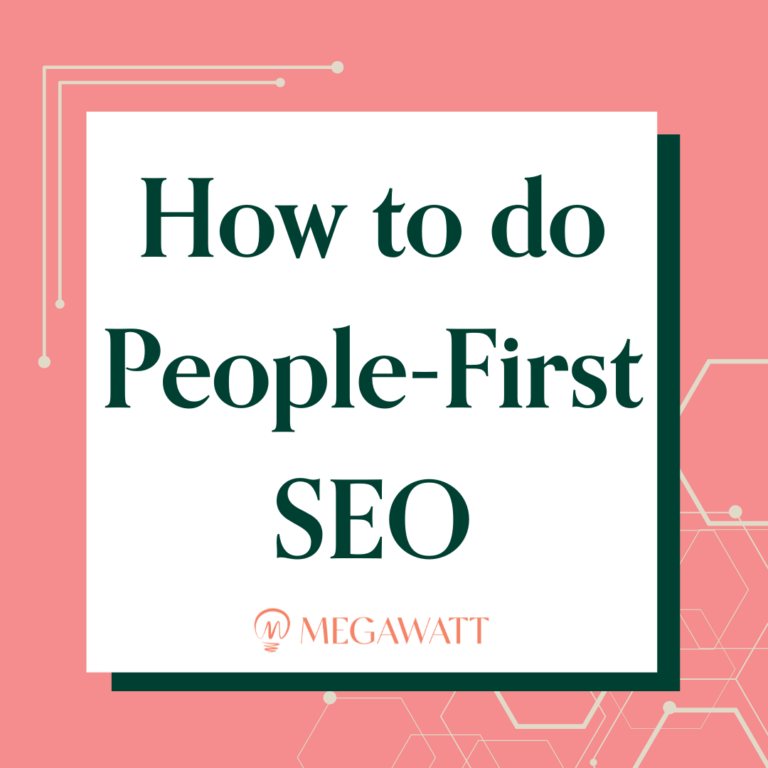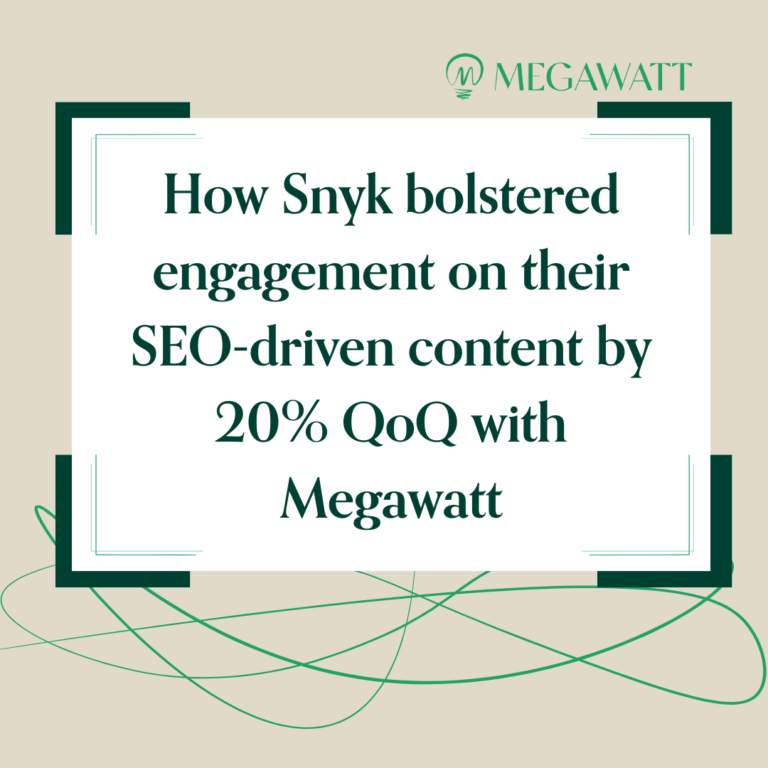Developers are notoriously skeptical of most traditional marketing and advertising efforts, so why target developers at all?
For one, developers are increasingly making buying decisions at many B2B tech companies. A recent survey found that 59% of companies are giving developers more authority to choose their tools, which means many software sales are no longer top-down from IT managers or executives.
More importantly, developer influence goes the other way, too. Another survey of developers found that nearly half of them have rejected a product purchase decision that someone at their organization has already made. This can mean that a company invests in a software solution that ultimately goes unused ($$$) and/or developers choose their own preferred tools and go around the approved ones (hello, shadow IT).
Since developers are becoming key stakeholders for many software product decisions, marketing campaigns targeted specifically toward developer audiences are crucial for securing B2B tech leads and sales.
Let’s take a deep dive into the minds of developers and try to understand better what constitutes a good developer experience – and how you can use that knowledge to improve your developer marketing.
If you want an expert B2B content marketing agency to help you create, strategize and market your B2B tech content for developers click here!
What Is “Developer Marketing” Anyway?
At the risk of starting a little too “101”: A software developer is someone who builds software for computers by writing the code for it. They also typically “manage” the software, which means debugging, testing and modifying it as needed (although that may be the job of a software engineer, which can be a separate category, depending on the company). Sometimes a developer may be called a computer programmer, but generally, programmers are only involved in coding, while developers are involved in the whole project, from beginning to end.
The developer experience is every interaction that developers have with your brand and software solution, whether they’ve just heard about your company or they’ve been a customer for a decade. Since developers interact with software on a deep level, often tailoring the solution to fit their needs, the developer experience covers a much larger surface area than most products.
The developer experience includes:
- The reputation of your brand on Reddit, StackOverflow, and other dev-focused social platforms
- The clarity of your brand’s positioning (Do devs understand what makes it useful and how to use it? Is it clear where it fits in their technology stacks?)
- The capabilities of your product
- The depth and breadth of your “getting started” material, FAQs and demos
- The readability and quality of your technical documentation
- The ability to get support from your company and (ideally) a thriving developer community
What is developer marketing? In many ways, it’s simply getting the developer experience right from day one.
Developers have high bars for software experiences because they build software themselves — and this is a big part of why marketing to them is a unique challenge.
The 5 Stages of Developer Marketing
As we mentioned above, marketing campaigns that are specifically targeted toward developers (rather than traditional marketing tactics) are key for securing leads and sales — whether your buyers, end users or both are devs.
For most B2B software companies who make products for developers, there are four stages their buyers/users are likely to experience before ultimately becoming a customer. Understanding best practices for each of them is essential for your success.
Developer Marketing, Stage 1: Initial Impressions
First impressions matter. Developers are quick to judge whether a company can provide the technical solution they need, so making a strong initial impression is crucial. While developers have a reputation for being introverted, they tend to congregate on social platforms like Reddit or StackOverflow:
That means (digital) word of mouth is huge for driving developers to your company’s website. You may not be able to control this word of mouth the way you control company-owned social media accounts, for example. It tends to be a more organic process, which means the quality of the product is extremely important. If devs don’t love using it, they’re probably not going to chat about it with their peers online.
But if you get the product and product awareness piece right, you are likely to benefit from developers’ tendency to congregate and discuss their work online. Eventually, some of them will head over to your website to check it out for themselves.
Are you ready for them?
When they reach your site, they’re immediately going to look for content and resources geared towards developers. If they can’t easily find technical content on your blog or up-to-date documentation, they’ll assume your solution isn’t developer-friendly. Make sure you have a strong engineering blog and high-quality documentation if you don’t want to lose this early traffic.
Once they are on your site, they’re likely in the evaluation stage:
Everything at this stage should push developers towards a demo of your product — or, better yet, if possible, a free trial.
STAGE 1 GOAL: The developer’s goal at this stage is to gain initial confirmation that your software can solve their problem(s) or help them do their jobs more efficiently.
Related Content: Three Categories of B2B Content and Where They Fit into the Marketing Funnel
Developer Marketing, Stage 2: First Demo
At this point, developers may have a positive impression of your brand and software solution, but they’re likely still skeptical. It’s sort of like a chef visiting a restaurant: They know a lot about what goes into a dish, so they’re choosy and opinionated.
The key at this stage is to make it as easy as possible for developers to try your product for themselves. In general, devs prefer a self-serve demo account (sandbox) that they can download and test using a free account or trial program. They are usually averse to scheduling a demo with the sales team at this point, so don’t push that too hard.
Getting started guides or tutorials with the accompanying source code on GitHub are both great ways to give developers a “quick win” and show how your product works at a high level.
Our client Snyk does this really successfully (click here to access Snyk’s free trial):
Success during the first demo stage means developers will be looking to expand their “user experience” of your solution with a proof of concept that closely aligns with their unique use case(s).
STAGE 2 GOAL: The developer’s goal at this stage is to test your product. They want to experience an awesome UX, get a quick win, and identify any issues that might arise from implementing it at their organization.
If you want an expert B2B content marketing agency to help you create, strategize and market your B2B tech content for developers click here!
Developer Marketing, Stage 3: Successful Proof of Concept
Ideally, once developers have played around with a demo or sandbox account, they’ll be ready to experiment with a real-world scenario. By offering multiple sample applications for common languages and use cases, you can help developers move toward a solution to their specific problem(s) or goals.
A successful proof of concept convinces the developer that your software can solve their problem(s) faster and cheaper than they can by building their own solution or using a competitor:
This encourages developers to champion your software solution to other internal stakeholders at their company (or, if they are senior enough, buy it).
STAGE 3 GOAL: The developer’s goal at this stage is to use your tool in a way that closely matches their use case.
Developer Marketing, Stage 4 : Purchase & Implementation
After a successful proof of concept, it shouldn’t be too much of a stretch to implement the software product throughout the organization from a technical standpoint.
The greatest hurdle at this stage is executive sponsorship and getting all stakeholders on board with implementing your particular solution. That’s why facilitating the purchase and implementation of your tool requires content that speaks to the business value.
STAGE 4 GOAL: Get key stakeholders aligned and successfully roll out the software product to users without friction.
Developer Marketing, Stage 5: Ongoing Support & Communications
Since software is never “done” in the age of continuous integration and deployment, your team will (hopefully) be constantly releasing new versions with additional features. That means developers will need to come back to understand the updates and/or learn how to use the new features effectively.
Accurate and up-to-date documentation and knowledgeable support staff are critical at this stage, as are clear and concise customer communications. Whether it takes the form of a blog post or email update, keep devs in the loop, speak their language, and focus on how you can help them (not how cool you think your product is).
It’s also important to remember that the support you give in the beginning of the customer relationship indicates to the developer what they can expect in the future. Developers also become advocates for companies or products, so a good developer experience can positively influence other developers that are earlier in their customer journey. (And so the cycle begins anew…).
STAGE 5 GOAL: The developer’s goal at this stage is to continually make the most of your software solution.
Optimize Your Developer Marketing and Reap the B2B Leads
So, “How can I improve the developer experience for the product(s) I am marketing?” you may be asking. Obviously, no amount of clever marketing will paper over a bad developer experience.
However, strong content – whether it’s informative blog posts, technical guides, tutorials, or documentation – has a crucial role to play in the broader developer experience. To sum it up, good content for developers is:
- Clear
- Concise
- Focused on them and their use cases
- Helpful
Building a marketing strategy that focuses on the end-to-end developer experience over flashy campaigns or clever branding will help you generate those coveted B2B tech leads and sales.
P.S. We also highly recommend Adam Duvander’s book, Developer Marketing Does Not Exist, for deeper reading on this topic!
If you want an expert B2B content marketing agency to help you create, strategize and market your B2B tech content for developers click here!






